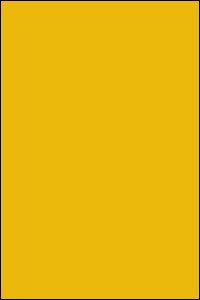by Igor Grishin, Timur Saitov.
Go School “Voskhojdenie”. Moscow, 2006.
translated by Peter Trofimov, Max Yatskar.
Samara, 2006
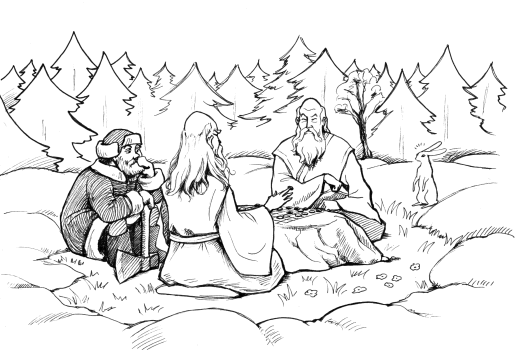
Timur Saitov: Hello there!
Igor Grishin: Greetings!
Timur Saitov: So, what is Go? I’ll begin with a joke of yours, by the way.
The Master of Go was asked:
- Master, how do you make your living, even though no one knows what Go actually is?
- I answer the question ‘What is Go?” – the Go Master replied, – and as no one knows what it is, I have enough money.
But in fact, Go is a logical-strategical game, a kind of those “intellectual” ones. It first appeared in China, then it traveled over to Japan and further to Korea and so on. From those Eastern countries it was exported to us. The age of this wonderful game may approach 5000 years.
I’ll tell you a parable:
“A Sage, contemplating the stream of the river near his house, was putting out white stones on a flat cut of a tree-stump every day, creating inimitable pattern.
Everyone has one’s own way to understanding the things…
Maybe he thought, that contemplating the beauty, he will be able to reach the essence of all the things, copying a passing painting of harmony, he might understand everything?
At the same time there was another Teacher, who was obliged to point out on people’s imperfection and defects. He traveled around the world with a sack of black stones and in front of every worthy person he put out some black stones, which were one’s flaw that were crossing his or her way…
So, once upon a time, in the early morning, the Sage arranged himself by a piece of wood and was going to get down to his usual business, when right in front of him appeared a strange man. He laid on the board a black stone, symbolizing the Sage’s flaw. The Sage started meditating trying to find the only defect of his. At last he figured it out and the only thing he was to do is to put out a white stone in return. So the game of Go began: the black stone pointed out the disturbance of harmony, while the white stone restored it.
When both of the sages finished playing they were both relieved and faded away”.
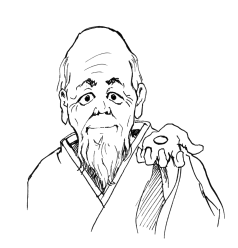
How does Go look like?
A set of Go consist of the following contents:
A board – the field of the game, including 19 vertical and 19 horizontal lines.
N.B. Lines, not squares like in chess.
The field looks the following way:

Boards of 9×9 or 13×13 are very often used for beginners.
The “pieces” in Go are called “stones”. The stones are of two colors, there are 180 stones of each color. Usually the two colors are black and white, but some of the sets contain stones of different colors (for example, red and green). Most common form of stones is lenticular form, but flat stones are also popular. Black stones are usually made a bit bigger than white ones, because black stones look like they are a bit smaller. The stones are made of plastic, glass, ceramics, pottery, sea shells, and even semiprecious stones. The stones are stored in bowls. The bowls are made of wood and are decorated with ornaments.
The Basic Rules of Go
Go is played by two players at a time. One of them plays with black stones and another one plays with white stones. First the black player moves, then white and so on. As soon as a stone is on the board it can no longer be moved (but under particular circumstances it can be taken off the board).
The aim of the game is to surround as much territory as you can with your stones. The territory is all the vacant crossings of the lines. The side crossings are counted as well. As soon as there are no more useful moves left both players say “pass”. The game is over.
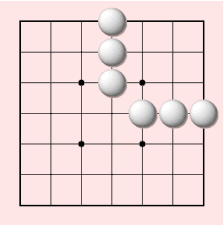
Diagram 1
There are six white stones in this diagram that surrounded 9 points in the corner.
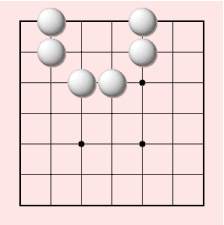
Diagram 2
There six white stones on the side surrounded 4 points of territory.

Diagram 3
In the center white stones have only 2 points, but they still used six stones.
From all these examples we can come up to a conclusion, that to surround points in the corner or on the side is much wiser than to do it in the center.
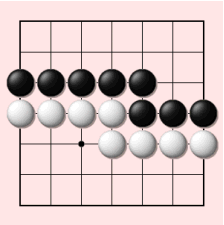
Diagram 4
Here is an example of a finished game. The game is meant to be over when all the territory is divided between the players. Black has 16 points and white has 17 points. White won by a point.
… to be continued …

